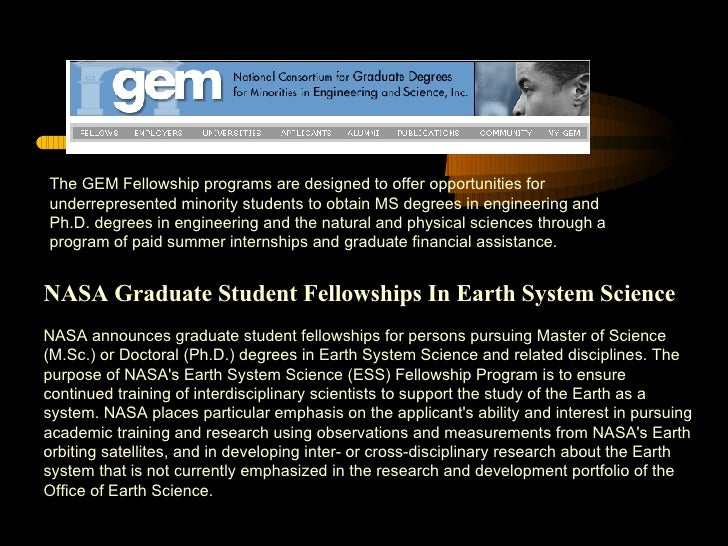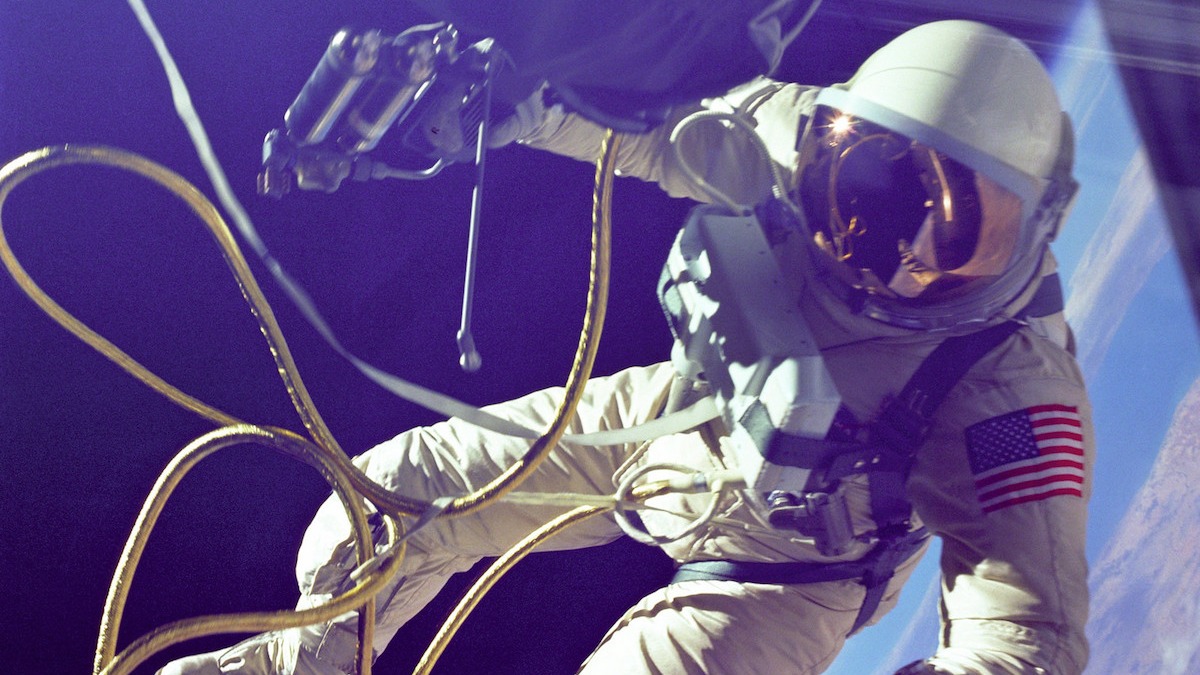

They must undergo military land and water survival training, too, which is essential for emergencies.įinally, trainees must practice in simulations that allow them to get used to high and low atmospheric pressures. They need to earn scuba certification and swim three laps in a pool while wearing a flight suit. Astronaut trainees study Russian so they'll be able to communicate with the Russian Mission Control Center, and learn about both spaceships and the science involved in space stations.Īstronauts-in-training must also pass physical tests. That includes both physical training and classroom studying. Even if NASA approves your application, it'll take some time before you actually leave Earth.įirst, you need to complete two years of basic training. The road to becoming an astronaut is not easy. And when a whopping 18,300 people applied for the class of 2017, only 12 were accepted - that's an acceptance rate of less than 1%. In 2013, 6,000 people applied to become astronauts NASA selected eight. NASA hires new astronauts every four years or so, and quite a few people apply. Learn about start dates, transferring credits, availability of financial aid, and more by contacting the universities below. NASA wants to know that its astronauts pay attention to small details, a critical skill needed for scientists.
#Nasa careers astronaut qualifications free
Make sure it's concise and free of errors. When it comes to applying for the job, astronaut Anne McClain offers some surprisingly normal advice: Work on your resume. Their blood pressure also cannot exceed 140/90 when sitting down. Candidates need 20/20 vision, though they may use corrective lenses. If you're under 5 feet, 2 inches, or over 6 feet, 3 inches, you're out of luck. Astronauts must pass the NASA long-duration flight astronaut physical. Alternatively, they may complete at least 1,000 hours of pilot-in-command time on a jet aircraft.
#Nasa careers astronaut qualifications professional
Instead, they're experts in math and science who meet all of NASA's qualifications.Īspiring astronauts must have a master's degree in addition to at least two years of relevant professional experience. The people NASA chooses to become astronauts aren't necessarily those who have dedicated their lives to becoming space explorers.

They spend two hours every day exercising, too, in order to keep up with the physical demands of the job.

The crew cleans and checks equipment and repairs things that have broken.

Other astronauts take on the role of mission specialist, in which they utilize special skills or a specific area of knowledge.Īstronauts also perform many mundane tasks to keep space stations running. The pilot works closely alongside the commander. The commander is the person in charge who ultimately makes the most important decisions on a space mission. Andrei Shelepin / Contributor / TASS / Getty ImagesĪstronauts fulfill different roles when carrying out space missions. astronaut Jessica Meir of NASA gives a thumbs-up after landing aboard the Soyuz MS-15 capsule with two other ISS Expedition 62 crew members in Kazakhstan. But if you've got the dream and enough determination, you just might stand a chance at joining the ranks of these real-life adventurers. Currently, 48 active astronauts are employed by NASA, and fewer than 600 people have gone into space in the past 50 years. NASA doesn't maintain a massive workforce when it comes to astronauts. For this career path, you really only have one potential place of employment: the National Aeronautics and Space Administration, more commonly known as NASA. Of course, becoming an astronaut isn't easy. This compensation does not influence our school rankings, resource guides, or other editorially-independent information published on this site. Featured or trusted partner programs and all school search, finder, or match results are for schools that compensate us. The Public Ivies, Little Ivies, and Other Ivy League Equivalentsī is an advertising-supported site.Student Resources show submenu for Student Resources


 0 kommentar(er)
0 kommentar(er)
